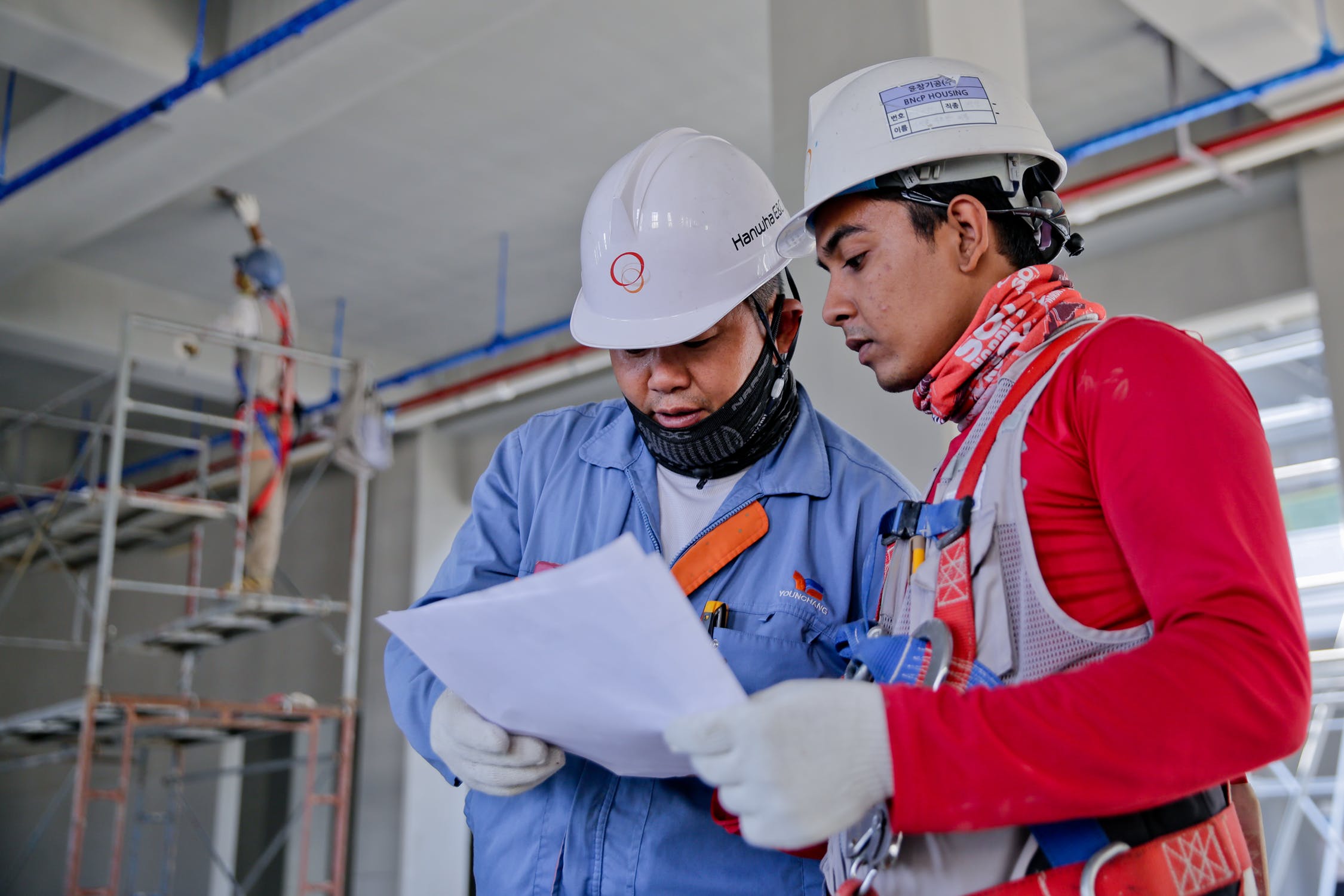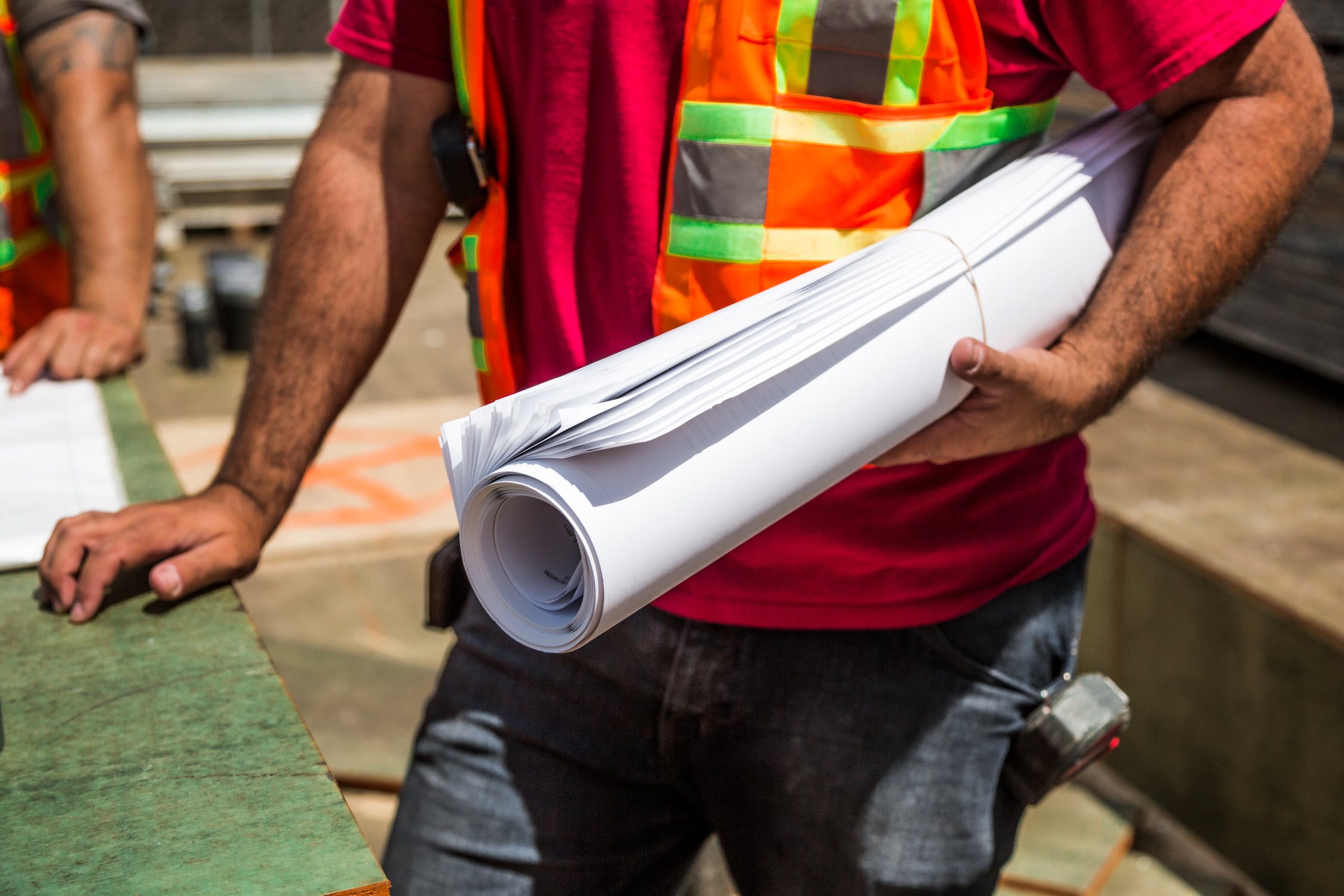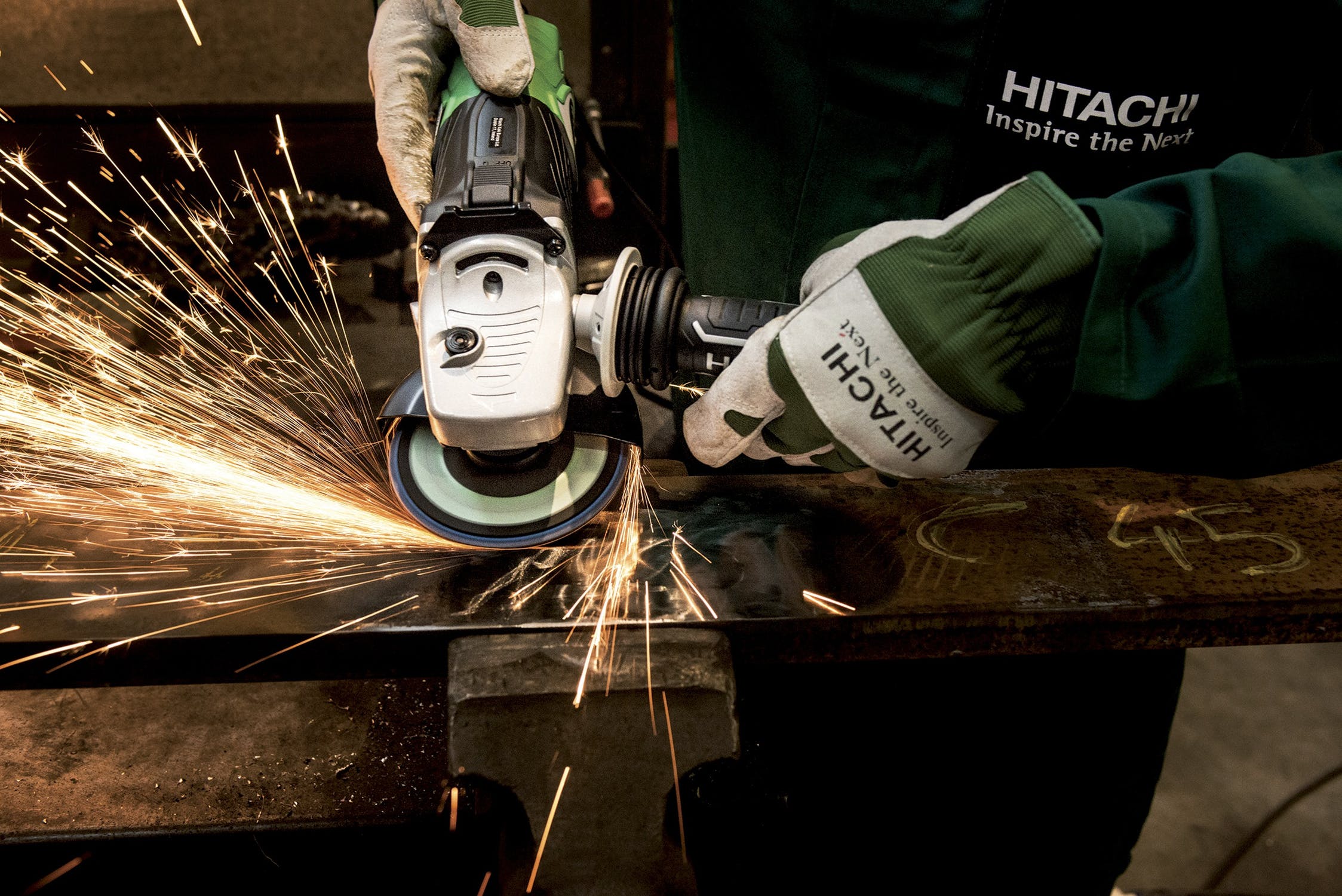Confined Space Safety Tips
Confined spaces can be one of the most dangerous places to be in a work environment. Confined spaces are not designed for continuous human occupancy due to the nature of their function and chemicals often used in the area. While most confined spaces are large enough for individual workers to enter and perform certain job functions, restricted means of entry and movement pose numerous safety problems to un-trained individuals.
Examples of a Confined Space
A few examples of confined spaces can include pipelines, duct work, equipment housings, access shafts, tunnels, pipes, storage bins, tanks, sewers, chimneys, fuel tanks, vessels, manure pits, vats, silos, hoppers, aircraft wings, truck and rail tank cars, and chemical plants. Due to the work being done, atmospheric hazards may be present due to the locations, contents, or construction means or materials. Continuous human occupancy is not what confined spaces are designed for; rather, regular maintenance is required but should be exercised with extreme caution. Workers can sustain serious physical and chemical injury or even death if proper precautions are not taken.
Working in a Confined Space
 Avoiding all injury and possible negative outcomes should be the goal of every team and project manager that works near a confined space. All steps during this safety process should be taken with equal importance; this includes permitting, designating the confined space, atmospheric monitoring, proper safety equipment, and more. Here are a few tips for any worker that is entering a confined space:
Avoiding all injury and possible negative outcomes should be the goal of every team and project manager that works near a confined space. All steps during this safety process should be taken with equal importance; this includes permitting, designating the confined space, atmospheric monitoring, proper safety equipment, and more. Here are a few tips for any worker that is entering a confined space:
• Maintain contact with the worker inside the confined space at all times. The worker inside the confined space should have access to immediate contact with another member of the team whenever they are performing work in the space.
• Check for atmospheric contaminants and other hazardous elements in the environment. This can include toxic gases, chemicals, and unsafe levels of dust and air contaminants. All necessary checks should be completed before anyone enters the confined space. Many toxic gases cannot be detected via smell, which is why it is important to get the proper instrumentation required to measure levels of dangerous gases.
• Make sure that the environment has proper ventilation or forced ventilation. Displacing gases and contaminants in a confined environment is an essential piece of the puzzle, so equipment like ventilation systems may be necessary.
• Personal protective equipment – which can include HAZMAT suits, protective gear, fire pants, air filters, Kevlar gloves, etc. – is highly dependent on the given situation; figure out what possible hazards may be present, then plan accordingly.
• Make sure there is a proper rescue protocol in place. Hope for the best, but prepare for the worst; the right equipment and personnel are necessary in the event of an emergency situation, so your team should always be prepared for a rescue situation.
• Proper lighting in a confined space is essential, as almost all confined spaces will lack natural light. The person operating in the confined space should be able to do their job comfortably without fear of bodily injury or harm due to a lack of visibility.
• Use a management service such as Safety Sense, that allows for the storage of work place hazard information, work-related permits such as confined spaces, and confined space entry pre-plans and rescue procedures.









